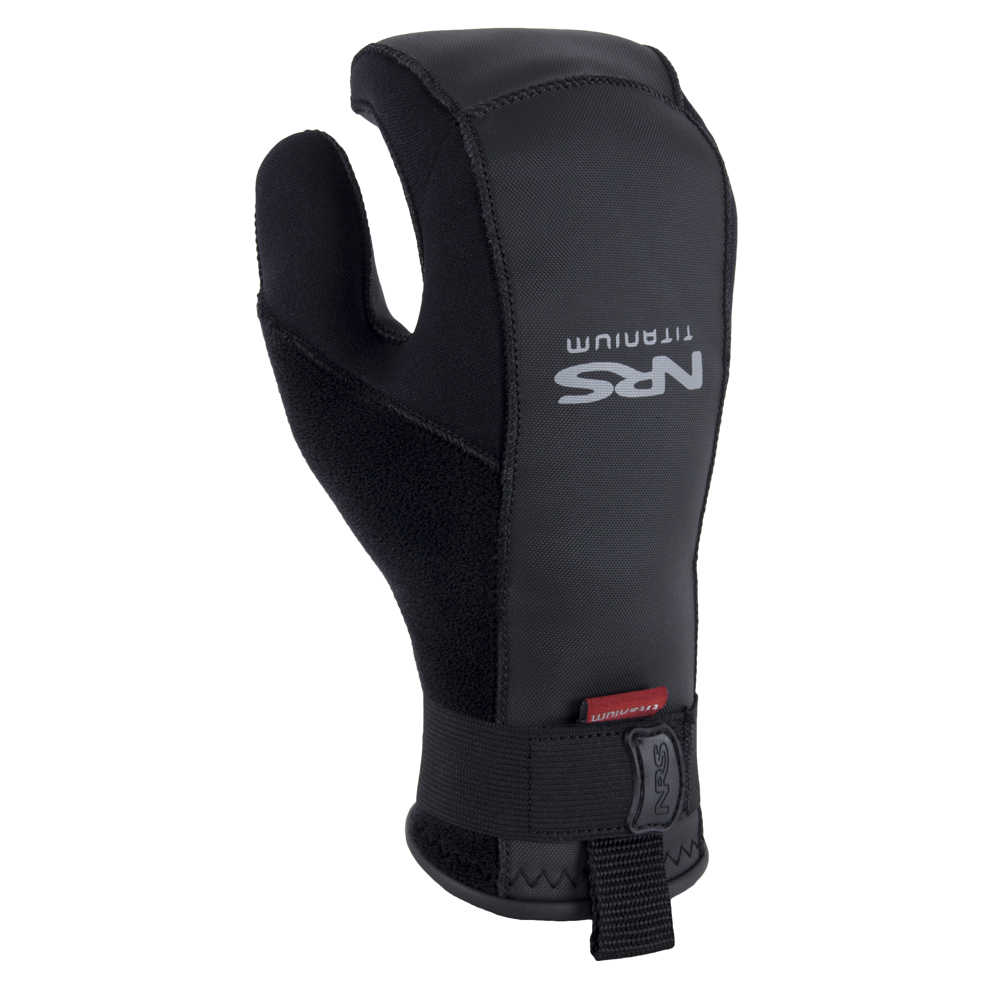NRS Toaster mitts are not a new product. In fact, they have been around for a long time and are now listed as an NRS closeout, but they are new to me.
I’ve been paddling with Toaster Mitts since November and am thrilled with the level of comfort they bring to my previously wet and cold hands.
Previous to using Toaster Mitts, I was an enthusiastic pogie user. (This is the point in my blog where I may be losing my non-kayaking readers. ‘What’s a pogie?’ They might well ask.) Enthusiastic, yes. After all, pogies are a world above neoprene paddling gloves — both in terms of providing a firm grip on the paddle and maintaining a level of comfort for the hands.
 Pogies, as I learned over time, do have a number of shortcomings: (1) once pogies get wet, they are, well, wet — and so are your hands; (2) if you paddle in waves or whitewater, your pogies will get wet; (3) if you paddle with a wing or a Greenland paddle (think no drip rings) your pogies will, see above, get wet; (4) in the event of capsize or when going ashore, once you take your hand off your paddle, your pogies are no longer with you.
Pogies, as I learned over time, do have a number of shortcomings: (1) once pogies get wet, they are, well, wet — and so are your hands; (2) if you paddle in waves or whitewater, your pogies will get wet; (3) if you paddle with a wing or a Greenland paddle (think no drip rings) your pogies will, see above, get wet; (4) in the event of capsize or when going ashore, once you take your hand off your paddle, your pogies are no longer with you.
The NRS Toaster mitt is a fuzzy-lined neoprene mitten shaped to curve around your paddle shaft and fit snugly around your wrist, and with enough texture to provide a good grip on your paddle. The thickness is just right. Thin enough to provide a feel for the paddle shaft. Thick enough to provide warmth. NRS provides a fit chart and guidelines to measuring your hand so the right fit is assured when ordered online. They come on and off more quickly than a pogie as well.
And they stay dry.
I’ve used mine in temps approaching up to 50 degrees and down into the upper 20’s. I expect I’ll be using them for the first races of the
whitewater series this spring.’
The NRS Toaster Mitt is now on sale for $33.75 at NRS. I like them so much I ordered a second pair. Get them before they are gone!
